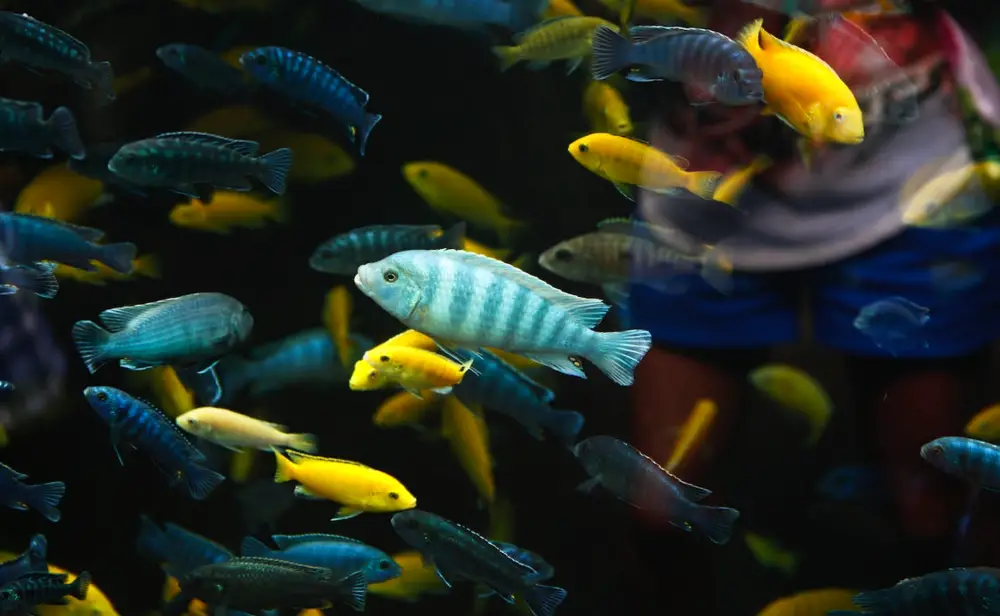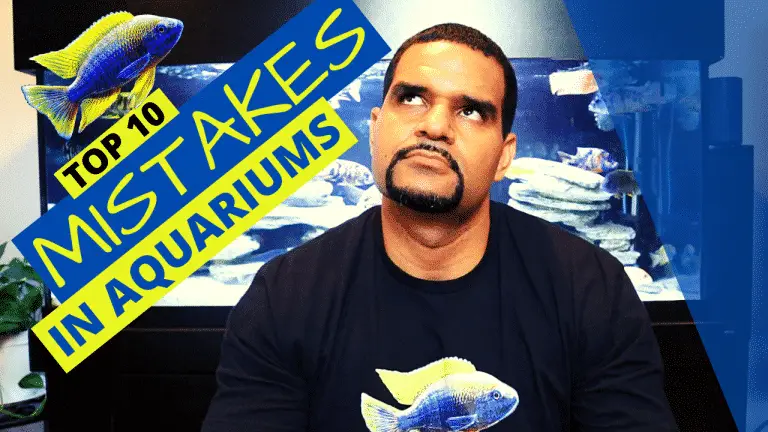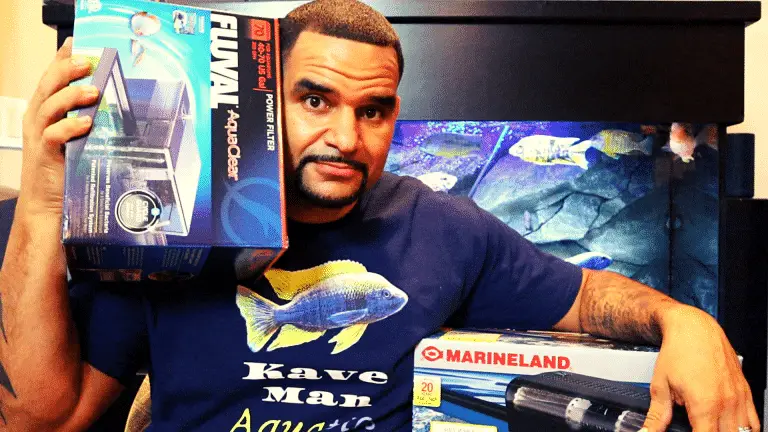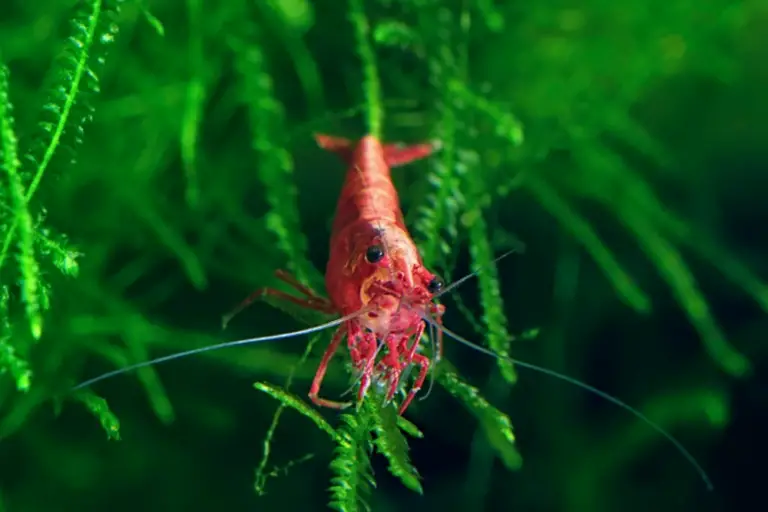10 Essential Fish Health Tips to Keep Your Aquarium Healthy & Thriving
Fish health is crucial! Disease is uncommon in aquarium fish that are properly cared for. When a fish does become unwell, having knowledge at your fingertips is crucial. This is your one-stop resource for information on fish health, illness treatment, and prevention.
10 Essential Fish Health Tips
Here are the ten essential fish health tips and principles for keeping your aquarium healthy and thriving:
1. Water Testing
Purchase a reliable water testing kit before adding any fish to your tank. It should ideally include ammonia, nitrate, nitrite, and pH (acid-base balance) assays. Except for the pH, all test results should be zero before adding fish. The pH should be between 7.0 and 7.8, depending on the kind of fish maintained and the pH of your local tap water. Other useful water tests include kits or test strips that measure water hardness, alkalinity, and chlorine.
How To Use an API Freshwater Master Test Kit
A water test kit will show valuable insights on fish health and the state that your tank is in:
2. Temperature
Confirm if the temperature in the aquarium is appropriate for the inhabitants as this can greatly effect fish health. Use an aquarium heater and thermometer to keep the water temperature appropriate for the fish species you keep.
- Freshwater (generally): 69 F (21 C) – 80 F (27 C)
- Marines (generally): 78 F (26 C)
- Coldwater (generally): 56 F (13.5 C) – 68 F (20 C)
3. Filtration
The heart of every aquarium is filtration. It is the environment’s wellspring of life. Pet retailers provide a variety of aquarium filters, including undergravel filters that use an air pump or an electric water pump to circulate the water through them, hang-on-the-back power filters, and canister filters that rest beneath the aquarium.
The water flow through the filter should be four times the tank volume, therefore a 20-gallon tank should have an 80-gallon-per-hour filter flow. The filtration system’s packaging should mention the water flow and aquarium sizes that it is appropriate for.
4. Stocking Levels
One of the most common causes of issues is overcrowding the aquarium with too many fish. Make sure you don’t overcrowd the aquarium with fish. (Unless of course, you’re keeping African Cichlids 😊) Freshwater fish require 5 square inches (13 square cm) of surface area for every 1 inch (2.5 cm) of body length.
A fish-only saltwater aquarium should have 1 inch (2.5 cm) of fish per 2 gallons (8 liters) of water, whereas reef aquariums should have 1 inch (2.5 cm) of fish every 7 gallons (27 liters) of water. Allow 10 inches (25 cm) of fish per 132 gallons (500 liters) of water in outdoor ponds.
5. Research
Learn everything you can about the species you want to keep. Because most fish retailers offer immature or juvenile fish, it is critical to know how big the fish will be when fully grown. Plan your stocking amount based on the fish’s mature size, not the size it is when you get it. Also, find out if the fish will get along with the other species you currently have — for example, huge carnivorous fish should not be kept in an aquarium with guppies, tetras, or other little fish.
While the water quality in the fish’s natural habitat is important in determining whether the fish requires special water quality parameters, keep in mind that most freshwater aquarium fish are now raised in aquaculture farms rather than in the wild, so the water they are bred and raised in may be nothing like the water they were originally native to.
6. Gradually Introduce Your Fish
Gradually introduce fish into your newly set-up aquarium. Overloading your aquarium by adding all of the fish right away can cause complications. Remember that your filter will need to grow helpful bacteria in order to break down the waste byproducts of your fish. Because beneficial bacteria require time to flourish, add fish to new aquariums 4 to 6 weeks after putting them up.
7. Quarantine New Fish
Is it really necessary to quarantine your new fish in an additional tank? The quick answer is Yes! Introducing additional fish into your aquarium will almost always result in illness problems, so why take the chance? Set up a tiny aquarium with a power filter and some water from the main aquarium, then quarantine the new fish for a week or so.
You should use your test kit to check the water quality and change it as required. It is also beneficial to medicate the water in order to cure common ailments like skin flukes or protozoan parasites. If no difficulties arise after a week or two, place the fish into the main aquarium.
How To Quarantine Fish?
8. Feeding
Fish nutrition has a positive domino effect on your fish’s health and well-being. Feeding adult fish twice daily is sufficient, while young fish may require more. Feed just as much food as will be consumed within 3 to 5 minutes — otherwise, surplus food may decay in the bottom of your aquarium, causing other issues like as excessive ammonia, phosphate, and nitrate levels, as well as potentially ugly algae development.
9. Water Changes
Change the water on a regular basis, around 10-15% every 1-2 weeks. Remove the water and debris from the aquarium’s bottom using a gravel vacuum, then replace it with dechlorinated water at the proper temperature. It’s beneficial to both your aquarium and your fish! Water changes remove ammonia, nitrite, and nitrate from the water and replace alkalinity, which helps to regulate the pH.
10. Clean Filters
Clean your filters on a regular basis, as directed by the manufacturer. Avoid cleaning the sponge media with raw tap water; instead, use part of the aquarium water so that the beneficial bacteria on the filter media are not destroyed and only the debris is taken away. If the aquarium filter’s media has to be replaced, don’t change it all at once to avoid depleting the beneficial bacteria. At each filter cleaning, just one media should be changed.
Can you do a water change and clean your filter at the same time?
1-on-1 Coaching from KaveMan Aquatics
If you prefer to enjoy the perks of personalized help, KaveMan Aquatics has got your back! We offer 1-on-1 coaching so you can become confident in your fish-keeping journey!

-
10 Essential Fish Health Tips to Keep Your Aquarium Healthy & Thriving
As a beginner fishkeeper, you’ll come to learn that knowledge is power. That’s where KaveMan Aquatics come in with 10 essential fish health tips. Read now!







